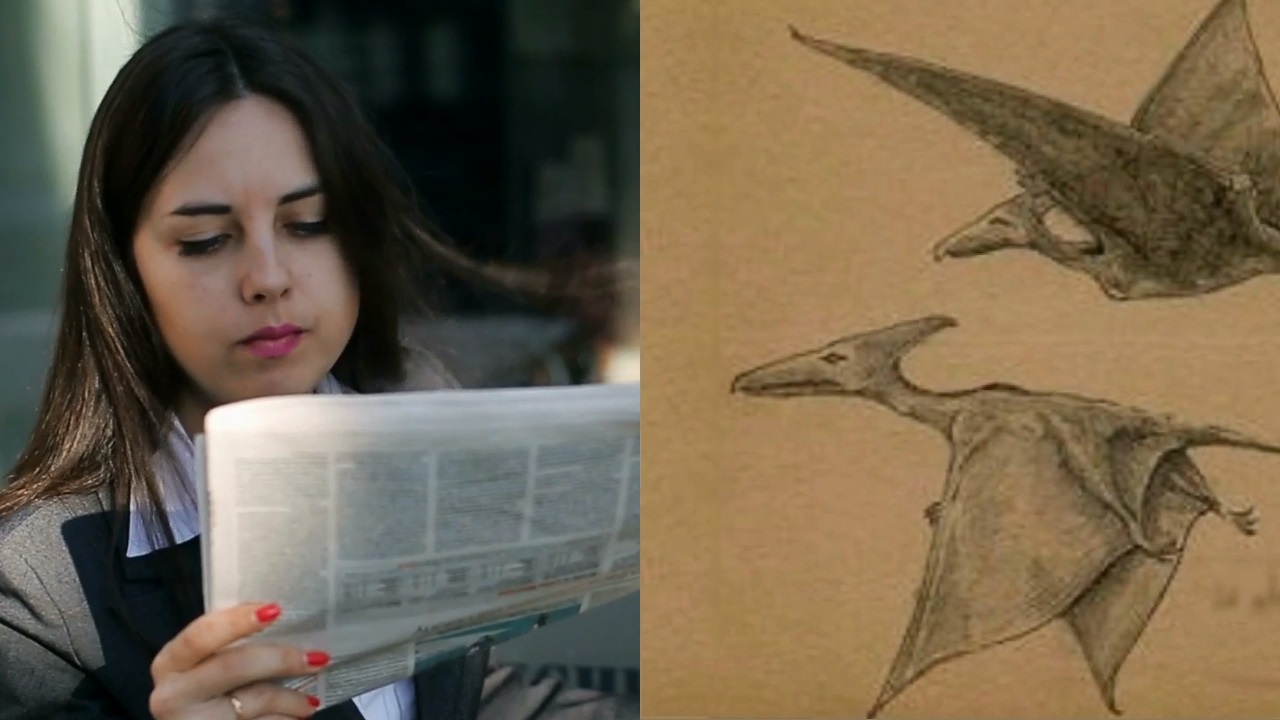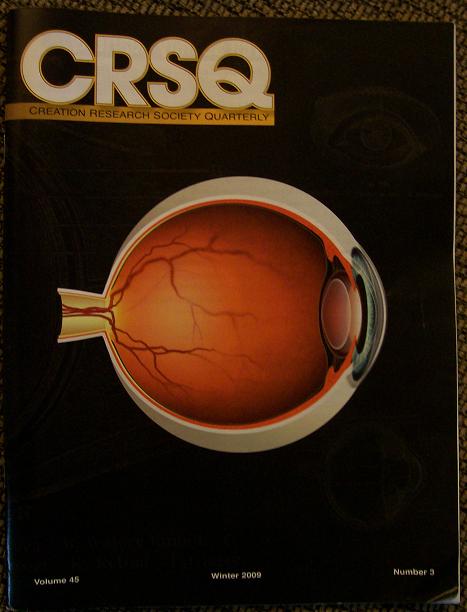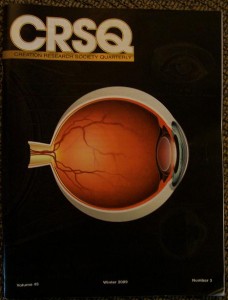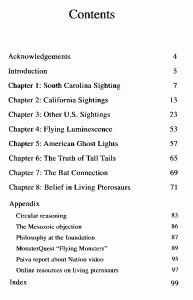By the cryptozoologist Jonathan Whitcomb
On occasion over the past 16 years, a critic might say something like, “If pterosaur are still living, why do we not see newspaper articles on them?” Such a skeptic may assume that he or she would have heard or read about such a newspaper article if it existed. In reality, no critic of living-pterosaur investigations reads every headline of every newspaper, not even just the ones printed in the United States.
Last night, I uploaded a new video to Youtube, “Living Pterosaurs – in newspapers” and present it as an introduction to such newspaper articles. I believe it makes a good start in answering questions about such news publications, yet I hope to produce one or more additional videos about apparent extant “pterodactyls” in newspapers.
.

Jonathan Whitcomb in “Living Pterosaurs – in newspapers”
In contrast to most of the early videos on my new Youtube channel (Protect Animal Life), on this mini-documentary I speak on camera most of the time. It’s the second in a series of videos that introduce various topics related to the investigations of eyewitness reports of living pterosaurs.
.
Watch this video ↑
###
.
Video “Living Pterosaurs” on Youtube
It begins with a brief overview of what was accomplished in the late-20th-century expeditions on Umboi Island. It then covers a bit of what we did in the two expeditions of 2004, including my interviews of Gideon, Wesley, Mesa, and Michael: Three clear daylight sightings and one ropen-light sighting at night.
.
How Many Americans Have Seen a Modern Pterosaur?
The number of persons who have actually seen such a flying creature in the USA, at some time in their human life spans, after combining type-1 and type-2, is in the general neighborhood of 150,000. Please understand me here: This does NOT include misidentifications; it is the number of actual encounters between humans and extant pterosaurs in recent decades in the USA in terms of the combination of the first two types explained above.
.
Book reviews – living pterosaurs
What do these two living-pterosaur books have in common? Both of them give the reader details about two important sightings at Guantanamo Bay, Cuba: by little Patty Carson in 1965 and by the U.S. Marine Eskin C. Kuhn in 1971. (Both of these nonfictions, however, also cover many others sightings.)
- Live Pterosaurs in America
- The Girl who saw a Flying Dinosaur
.
New Video: Living Pterosaurs in England
I just uploaded a video to Youtube, from two detailed eyewitness accounts I received from Shropshire, England, with both of those sightings being in 2017.
.
Living pterosaurs in a podcast interview with Jonathan Whitcomb
On Beastly Theories
.
Living pterosaurs in newspaper articles
The Houston Chronicle, by circulation the ninth largest newspaper in the United States, pulled away the welcome mat to “flying dinosaurs” that might want to fly over southwest Texas . . .
.






